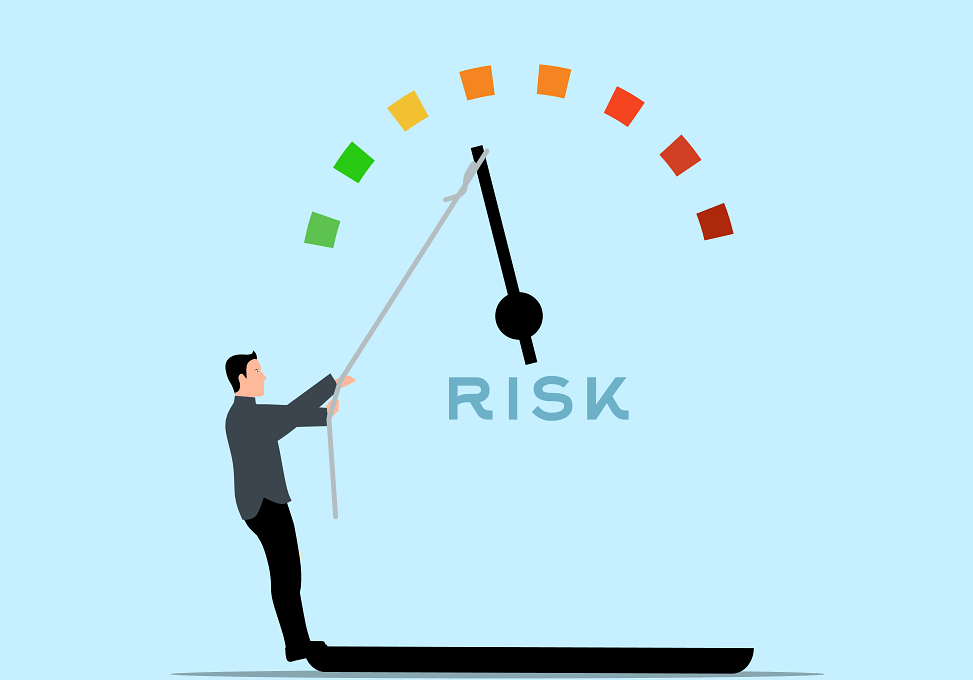Financial Risk Management Techniques for Corporations
In today’s complex business environment, corporations must employ effective financial risk management techniques to ensure sustainability and profitability. Financial risks can arise from various sources such as market fluctuations, credit risks, or operational disruptions. Companies often utilize a blend of quantitative and qualitative techniques to manage these risks. Among the popular strategies is Value at Risk (VaR), a statistical measure used to assess the potential loss in value of an asset or portfolio over a defined period for a given confidence interval. Another prominent technique includes stress testing, which evaluates how financial instruments perform under extreme market conditions. Additionally, derivatives like options and futures contracts are frequently used to hedge against potential losses. Implementing robust risk management practices not only provides insights into risk exposures but also helps in aligning corporate strategies with appetite. Furthermore, board-level commitment to risk oversight enhances the risk culture within the organization, ensuring decisions are informed. Effective communication and training within the team further solidify these risk management initiatives. Therefore, by integrating these techniques, corporations can strengthen their resilience in facing financial uncertainties and maintain competitive advantage.
One of the cornerstones of effective financial risk management in corporations is maintaining a risk register. A risk register is a document that outlines identified risks, their impact, and mitigation strategies. It serves as a reference point for management, helping prioritize risks based on their significance. Moreover, regular updates to the risk register ensure that the organization stays informed about emerging risks and changing market dynamics. Furthermore, implementing a framework such as Enterprise Risk Management (ERM) provides a holistic view of risks across the organization. ERM aligns risk management processes with corporate strategy, ensuring all levels of management understand their roles in mitigating risks. The adoption of technology also plays a crucial role in enhancing risk management capabilities. Advanced analytics and financial modeling tools allow organizations to simulate various risk scenarios and make data-informed decisions. Additionally, involving stakeholders, including employees and shareholders, in the risk management process fosters a culture of risk awareness. Organizations can leverage communication channels to educate stakeholders about potential risks and strategies to address them. This collaborative approach establishes a robust risk management framework that can adapt to changing circumstances.
Integration of Risk Management with Corporate Strategy
Integrating risk management with corporate strategy is paramount for achieving long-term success. It ensures that all strategic decisions consider various risks and challenges. By embedding risk management into the strategic planning process, corporations can identify risks early and make informed decisions that align with their risk appetite. For instance, when launching a new product or entering a new market, evaluating potential risks such as regulatory challenges or competitive pressures is essential. Additionally, this integration promotes accountability across all departments, as each team recognizes its role in managing risks associated with their operational decisions. Furthermore, creating a risk-aware culture encourages employees to engage proactively in risk identification and mitigation. Regular training sessions help employees recognize potential risks in their daily activities, thus minimizing exposure. Additionally, leadership should exhibit a commitment to risk management by prioritizing risk considerations in meetings and discussions. This approach reinforces the importance of understanding risks at every organizational level, from top executives to front-line employees. Overall, the successful integration of risk management into corporate strategy fosters resilience and drives sustainable business growth.
Another critical technique for financial risk management is scenario analysis. Scenario analysis involves estimating the outcomes of different scenarios to assess potential financial impacts. By creating various scenarios, such as best-case, worst-case, and moderate-case, organizations can better prepare for market uncertainties. This method not only aids in forecasting but also helps companies develop contingency plans. For example, if a corporation anticipates adverse economic conditions, they can strategize cost-cutting initiatives or shift to more stable markets. Additionally, scenario analysis empowers decision-makers by providing insights into the probable effects of different strategic choices. The effectiveness of this technique is augmented by collaboration across departments, allowing diverse perspectives in evaluating risks. Furthermore, financial forecasting plays a significant role in assessing potential liquidity risks facing corporations. Accurate forecasting helps organizations ensure that they maintain adequate cash reserves to meet financial obligations. Regularly reviewing cash flow forecasts, considering factors such as revenue fluctuations and unexpected expenses, enables firms to manage their liquidity adequately. In this ever-changing economic landscape, corporations that employ scenario analysis and robust forecasting techniques can significantly enhance their risk management framework.
The Role of Technology in Risk Management
The rapid advancement of technology significantly enhances financial risk management processes within corporations. Technologies such as artificial intelligence and big data analytics provide organizations with tools to analyze vast amounts of data quickly and effectively. Implementing these technologies allows firms to identify patterns and trends that could signal impending risks. Furthermore, predictive analytics can forecast potential financial downturns based on historical performance and current data, allowing preemptive measures to be taken. Additionally, technology improves the efficiency of risk monitoring. By utilizing real-time financial dashboards, decision-makers have immediate access to crucial financial indicators, making risk assessment continuous and timely. Another emerging technology that benefits risk management is blockchain, which offers secure and transparent transaction tracking, significantly reducing fraud risks. Moreover, employing cloud computing facilitates better collaboration among team members in risk management roles, enabling access to data and analytics from anywhere. This collaborative environment fosters a strong risk management culture. As virtual and remote work becomes more common, leveraging technology for risk management becomes increasingly vital. Corporations that harness the power of technology can remain agile and responsive to changes in their risk landscape.
An essential part of a successful financial risk management strategy is the continuous evaluation and improvement of risk management processes. Regularly reviewing risk management frameworks enables organizations to identify gaps and make necessary adjustments. This iterative process ensures that risk management strategies evolve in line with changing market conditions, regulatory requirements, and internal dynamics. Additionally, conducting thorough audits of risk management practices allows organizations to assess effectiveness and compliance with established protocols. Involving external auditors can provide an objective review, ensuring unbiased recommendations for improvement. Another important aspect is establishing key performance indicators (KPIs) to measure the effectiveness of risk management efforts. By defining clear KPIs, organizations can assess their progress in risk mitigation and adapt strategies as needed. Engaging senior management and the board of directors in risk oversight fosters accountability and keeps risk management a priority. Finally, establishing a culture of transparency where employees can freely report potential risks without fear reinforces the risk management framework. This culture promotes active participation in identifying risks and implementing solutions, ultimately strengthening the organization’s overall risk governance.
Conclusion
In conclusion, effective financial risk management techniques are essential for corporations aspiring to navigate today’s volatile business landscape. Techniques such as stress testing, scenario analysis, technology adoption, and continuous evaluation cultivate a resilient organization capable of mitigating diverse risks. Integrating risk management with corporate strategy aligns business objectives with risk appetite, thereby reinforcing accountability throughout the entity. Moreover, fostering a risk-aware culture encourages proactive engagement from all employees in minimizing exposure to risks. It is imperative for management to remain actively involved in risk oversight, ensuring that risk management remains a priority. As risks continue to evolve, organizations that consistently refine their risk management frameworks will not only survive but thrive in an unpredictable environment. This strategic approach to risk management positions corporations favorably against competitors, enhancing sustainable business growth. Furthermore, stakeholders will appreciate the commitment to transparency and ethics demonstrated by a robust risk management strategy. By leveraging advanced technologies and maintaining open communication channels, corporations can develop a strong financial risk management framework that promotes longevity and success in the marketplace.


